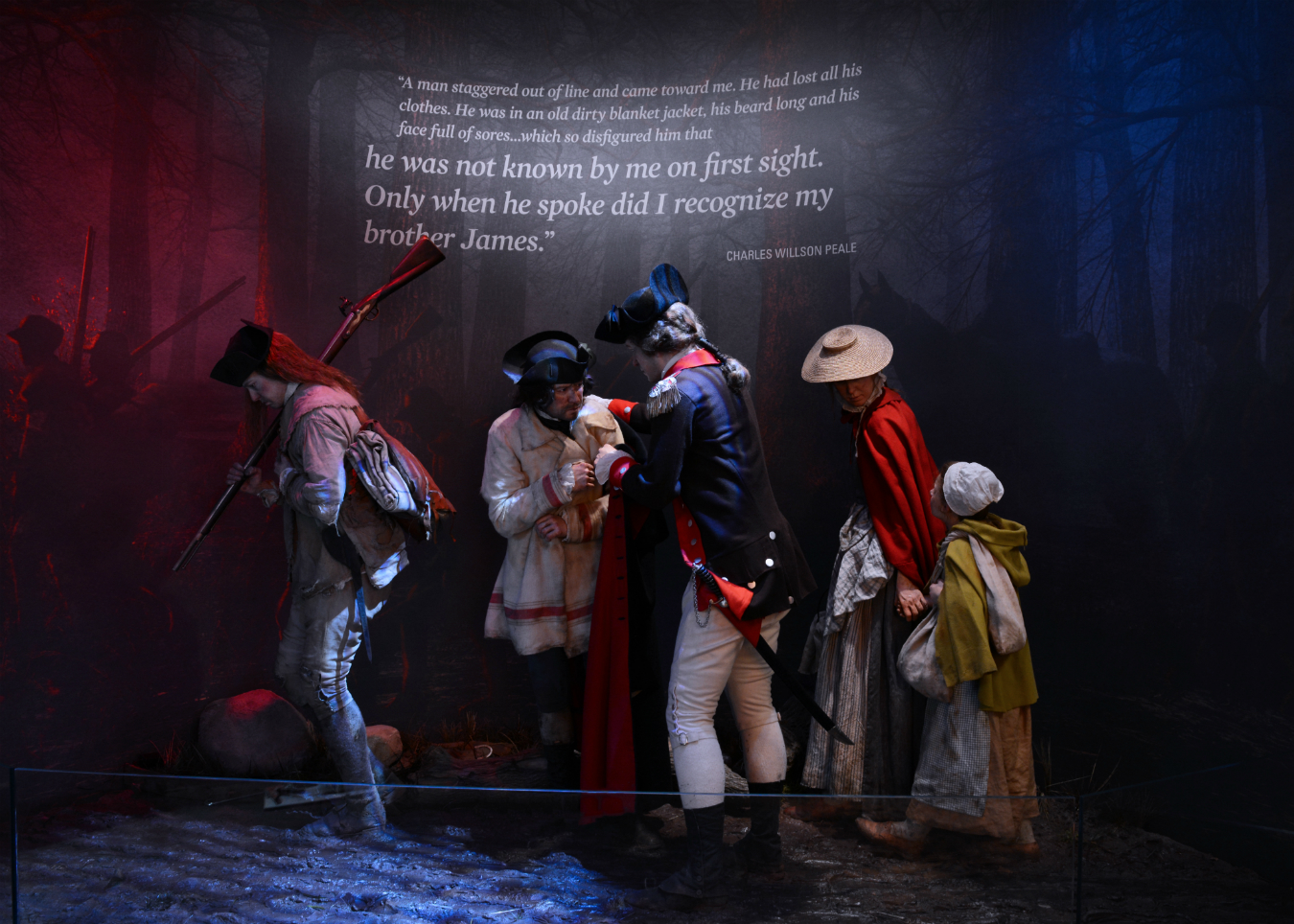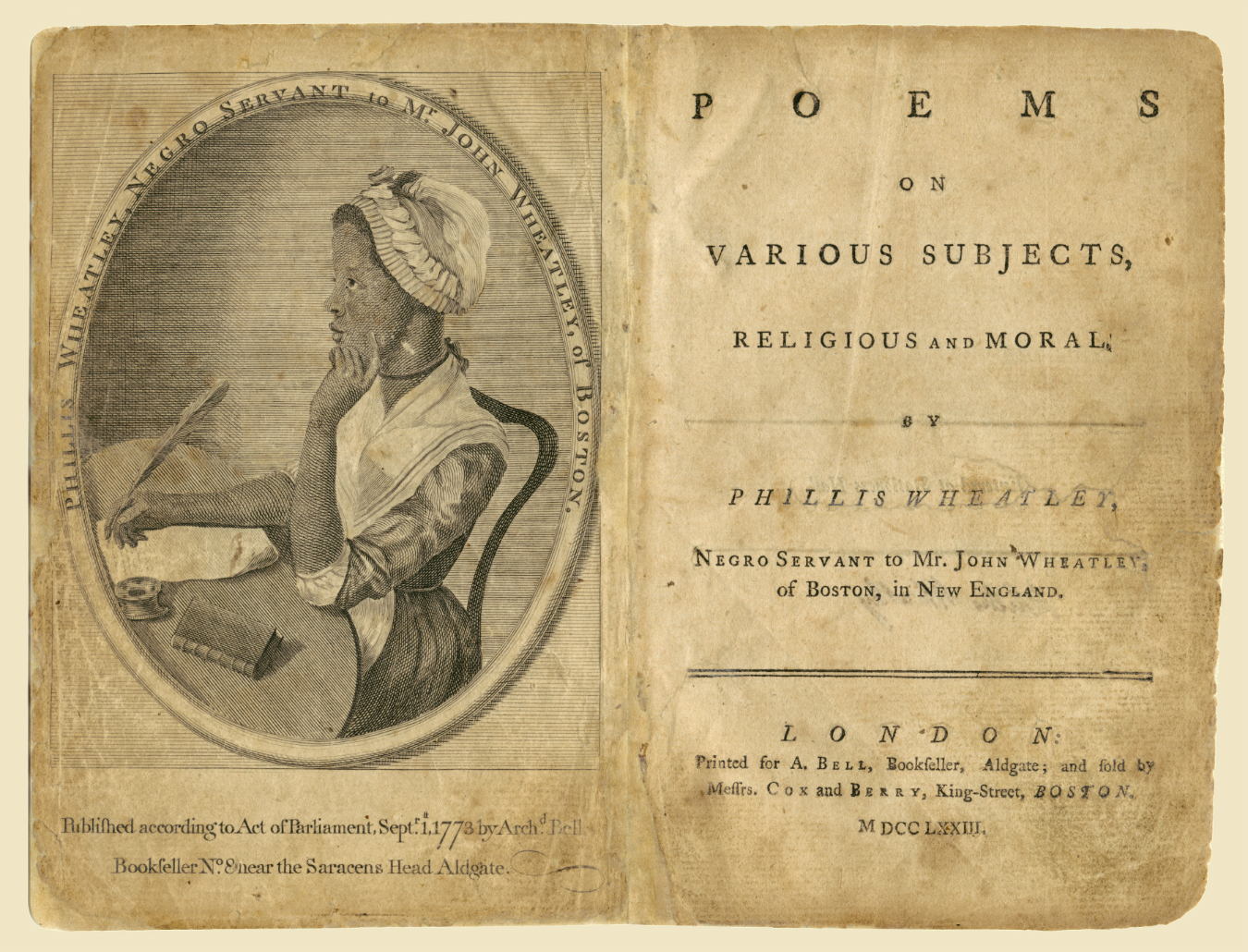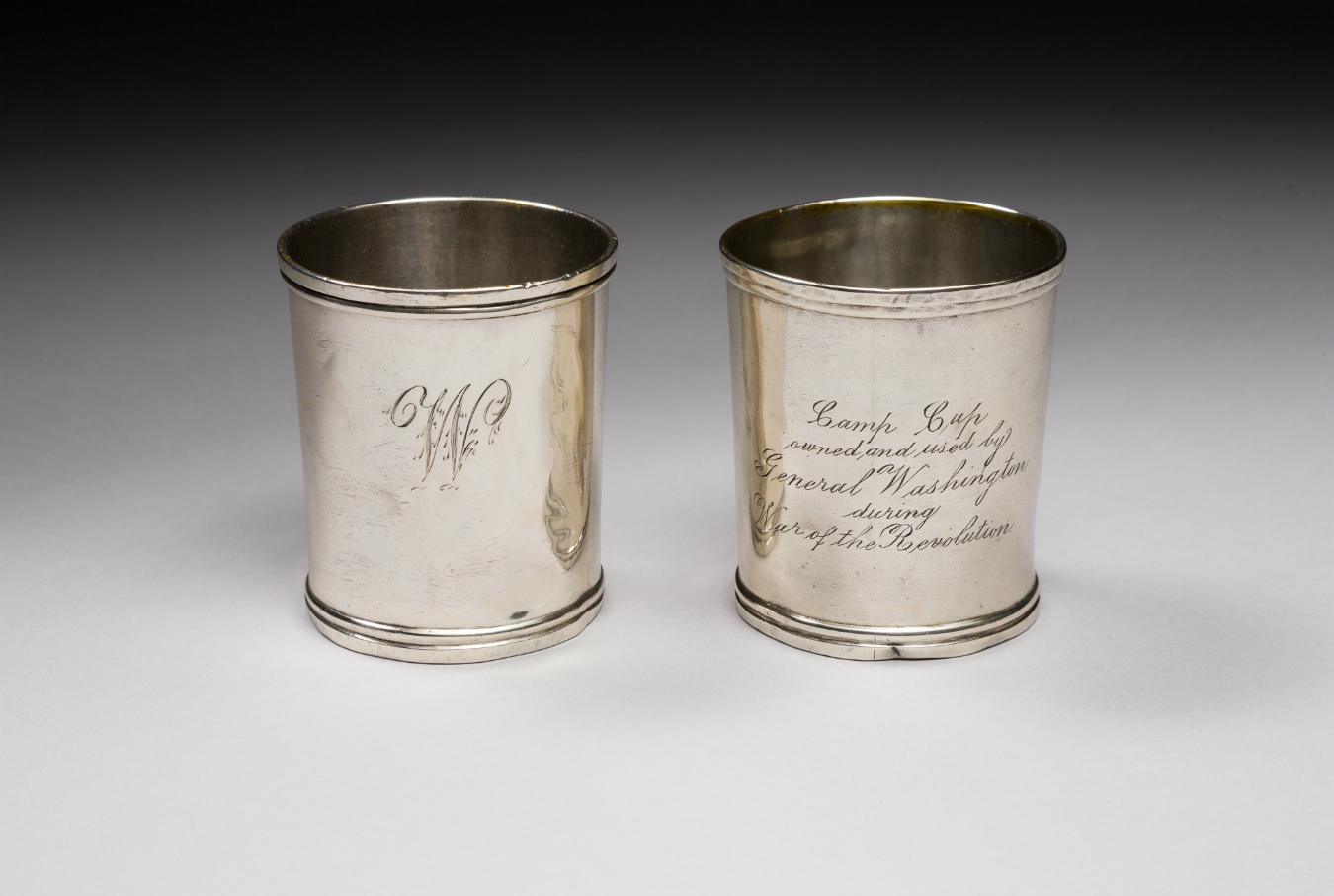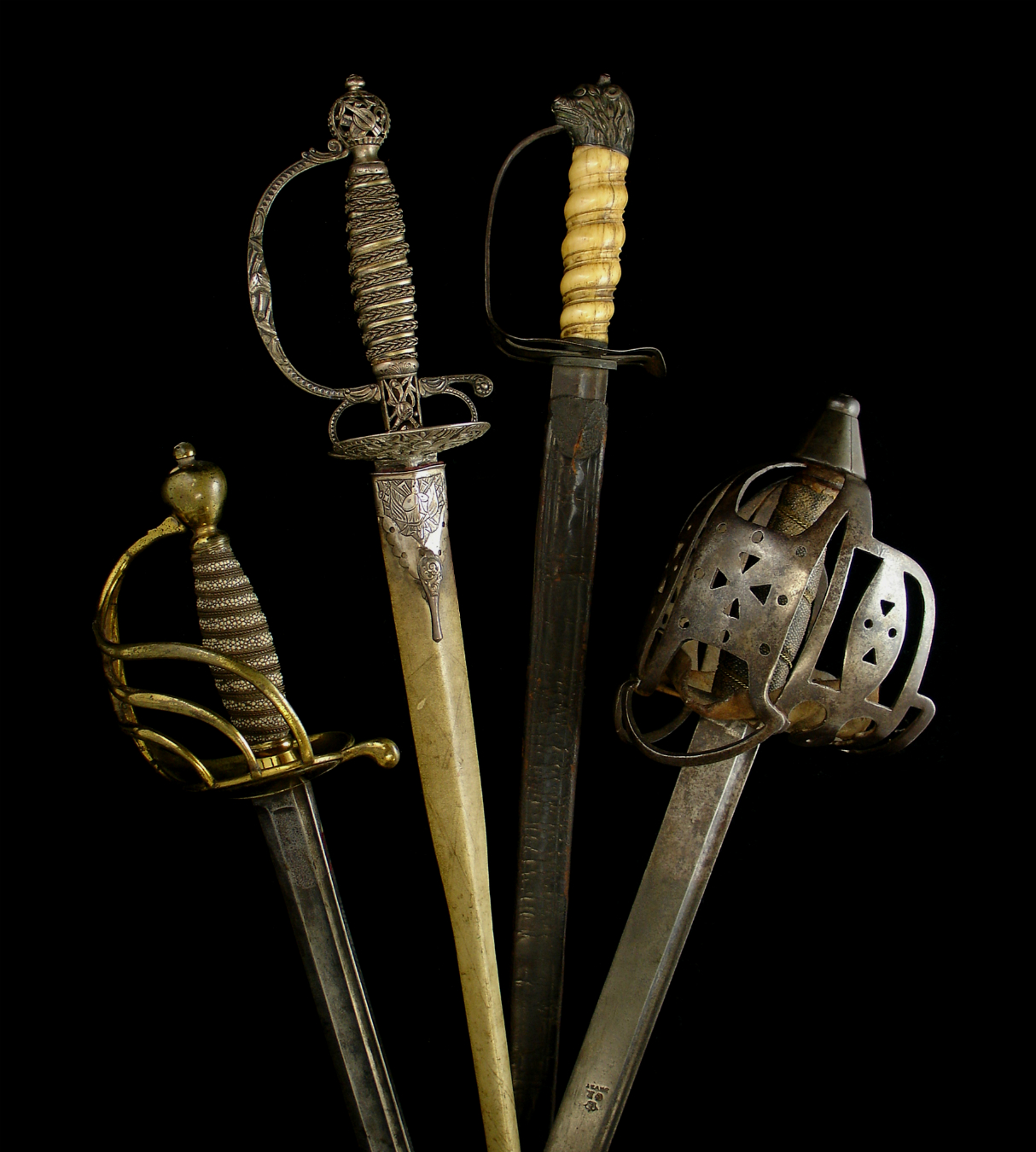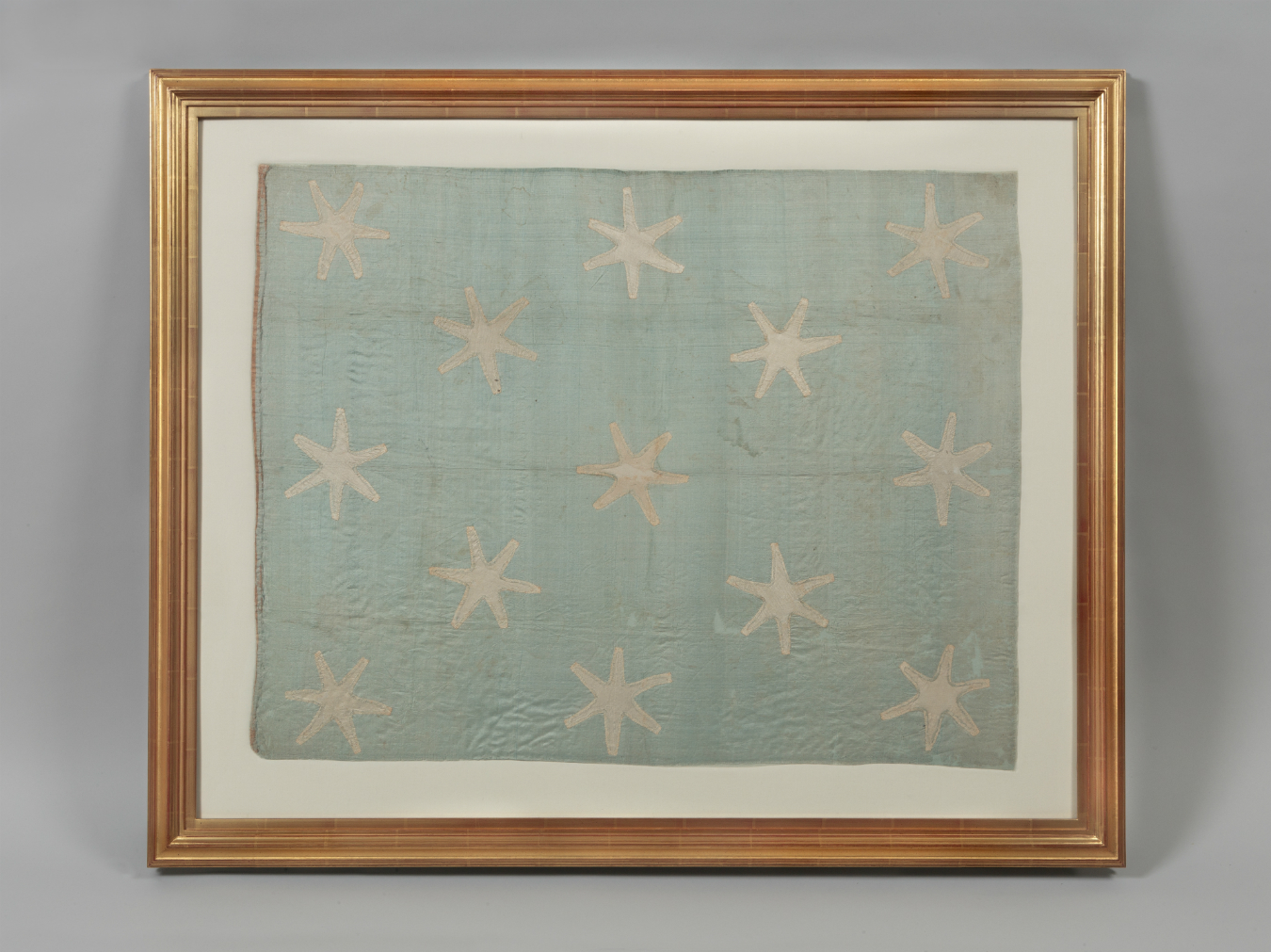“Freedom is a light for which many men have died in darkness.” The quote is inscribed on the Tomb of the Unknown Soldier of the American Revolution in Philadelphia’s Washington Square. Today, only steps away from this iconic war memorial is the new Museum of the American Revolution, which honours those who participated and fought in America’s war for independence.
Officially opening its doors on April 19, 2017—the date of the 242nd anniversary of the “shot heard ‘round the world,” which marked the beginning of the war—the museum kicked things off with a ceremony attended by the likes of former Vice President Joe Biden and Pulitzer Prize-winning writer David McCullough.
Situated in the heart of Philadelphia’s Old City district, the museum is in a walkable, picturesque area, and in close proximity to other historical landmarks, including the famed Liberty Bell, Independence Hall, and the National Constitution Center. Although it is a newly-constructed facility, its design and architecture reflect the colonial style. Spacious, with soaring ceilings and a sweeping staircase at its centrepiece, the museum spans nearly 120,000 square-feet with over 400 unique artifacts on permanent and rotating display.
Once inside the museum, the story of the American Revolution unfolds through dramatic visuals, a state-of-the-art sound system, and a number of interactive exhibits that feature a vast collection of colonial-era weapons, clothing, artifacts, books, documents, household items, and artwork. As well, several theatres, immersive galleries, and environments provide context for the numerous impactful events told through personal stories and other details. In addition to the well-known men in the war, the museum also features the experiences of women, slaves, and even children who were also involved in the Revolution.
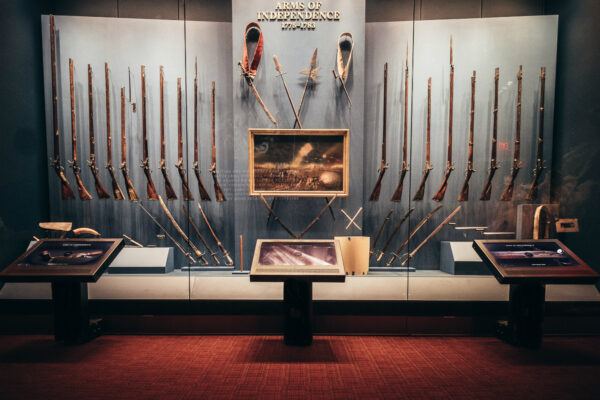
Considered the holy grail of the museum’s collection is George Washington’s headquarters tent that he used from 1778 to 1783, including during the final major land battle of the war, the 1781 Siege at Yorktown. The delicate hand-stitched linen tent required over 500 hours of repairs prior to being housed in the museum; it is displayed in a climate-controlled, 300-square foot case with a scenic backdrop and theatrical lighting.
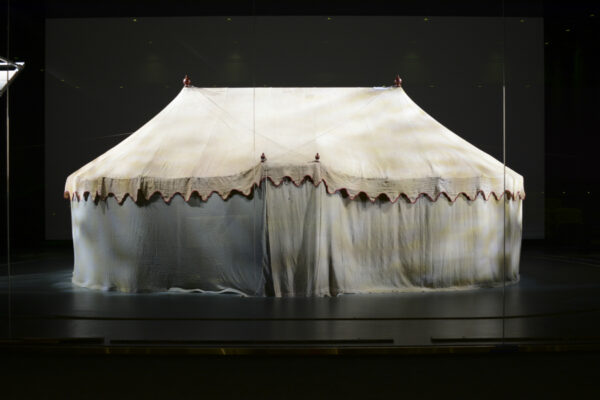
It all goes to emphasize the way the revolution can educate new generations. “Often the story of the American Revolution is told as a local story…and history is good way for people young and old to enhance their sense of empathy for others who are remote from them in time, so starting close to home is natural,” explains Mead. “But what this museum does is bring those local stories together to provide some context—and I think it increases the significance of all of them.”
